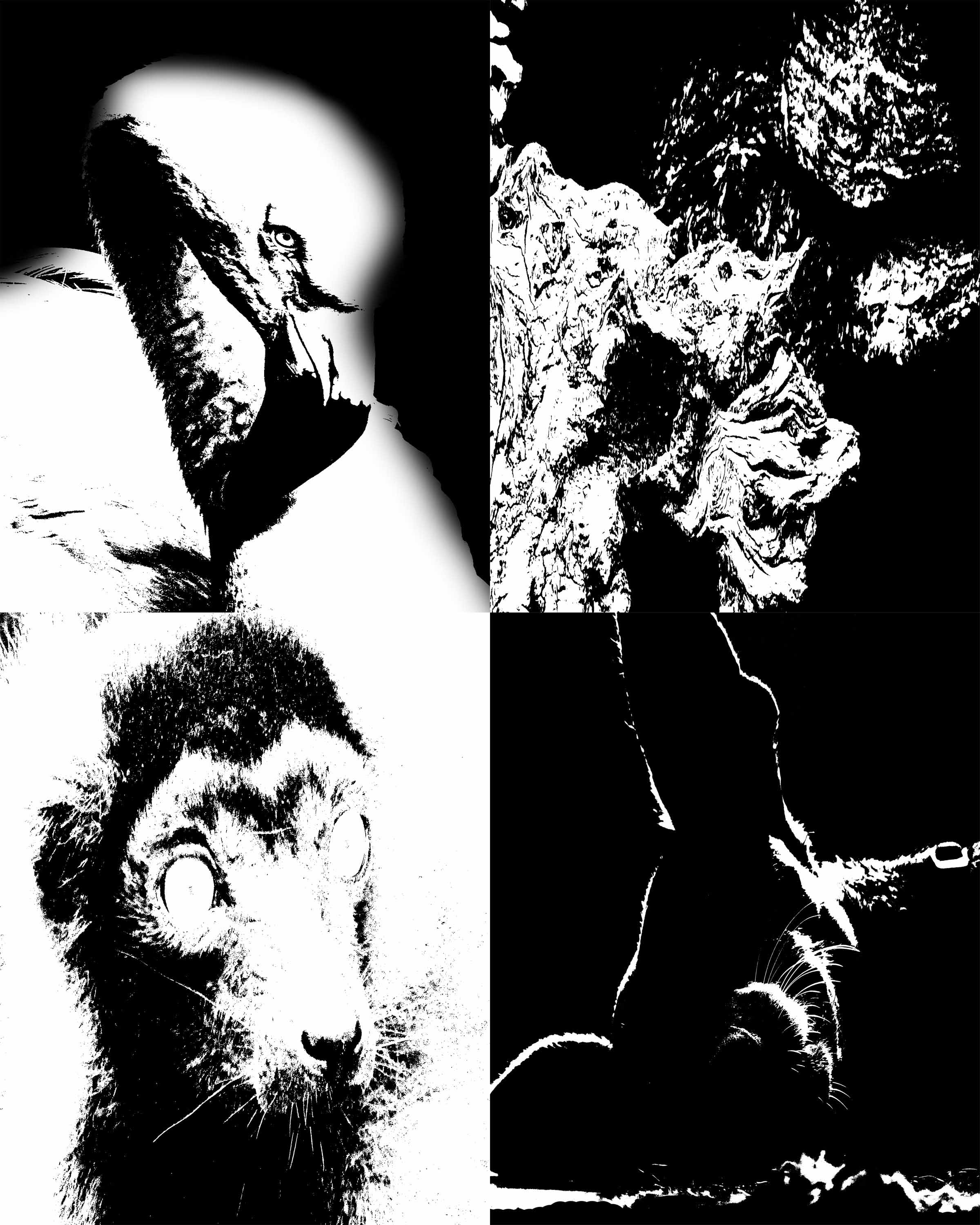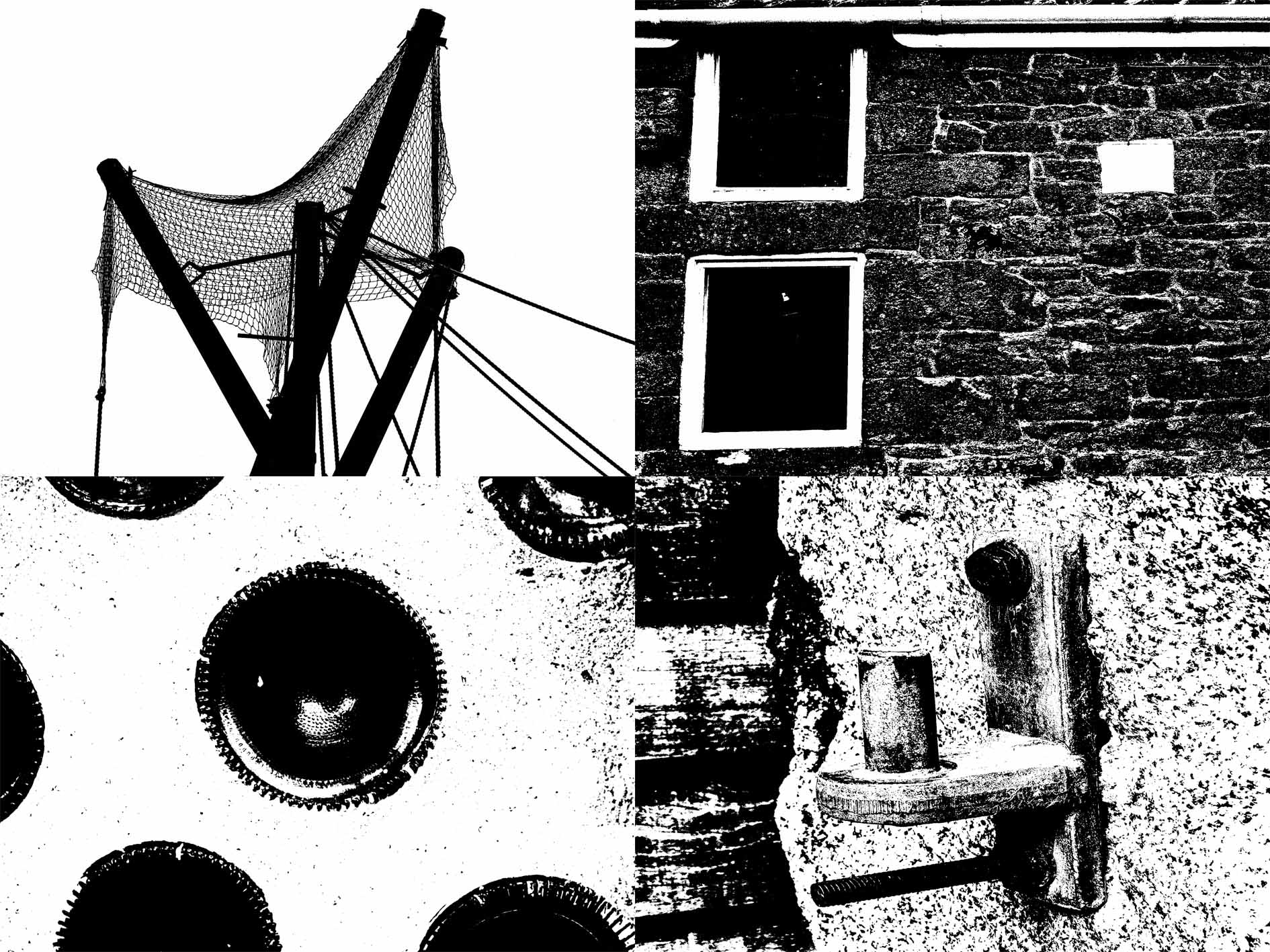Keld Helmer-Peterson
Keld Helmer-Peterson is a Danish Modernist photographer born in 1920 and died in 2013. he was famous for his photography sue the structure of his images and the different types of pattern he used. His photos tended to be based in more industrial areas, city spaces and nature. Keld started photograph in the late 1930s in his late teens and first made his name with his a book ‘122 colour photographs’ in 1948. This particular book is extremely well known due its innovative use of colour patterned throughout in the landscape and building. Whilst in 1950s and 1960s he began to focus more on the idea of architecture and design photography, and his work began to lean to be present in a more abstract way. This happened as he began to look at other artist and began to get inspiration. He looked at German and American photography as well as other international abstract art that he liked. As well as many other artist Keld Helmer-Peterson was very much inspired by Albert Reneger-Patzsch, a German artist (previously spoken about).
From the 1970s, Keld Helmer-Peterson was busy working with figures found with objects using shadows and contrasts. Much like photographer Irving Penn (also famous at the time) Helmer-Peterson would walk along pavements, looking in different angles of different objects. This resulted in works such as the series Deformationer that was produced. Then from 1974 to1993 Keld Helmer-Peterson produced a large series of close-up abstract colour photographers of walls, timber socks etc. A few of these pieces were chosen and were published in the book ‘Danish beauty’, in 2004.


After closely looking at Keld Helmer-Peterson, it was clear that he wanted to focus on the idea of black and white images and taking advantages of the negative space in photographs.
Experimenting with threshold and negative background










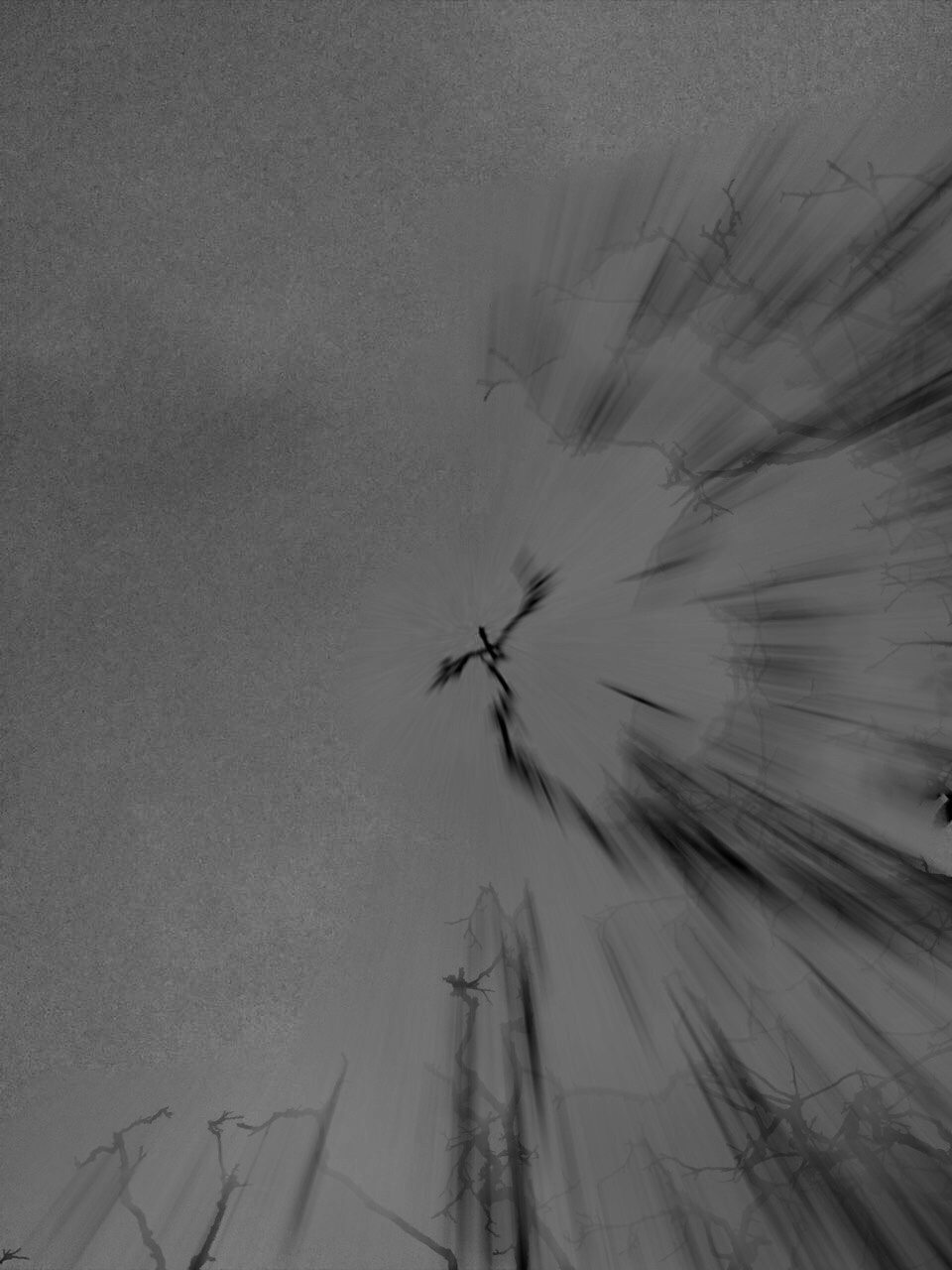
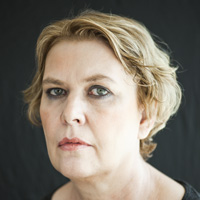 Uta Barth is a contemporary photographer who lives and works in Los Angeles, California. She is a 2012 MacArthur Fellow and a recipient of the John Simon Guggenheim Fellowship in 2004‑05. Barth experiments with blurred backgrounds, cropped frames and the natural qualities of light.
Uta Barth is a contemporary photographer who lives and works in Los Angeles, California. She is a 2012 MacArthur Fellow and a recipient of the John Simon Guggenheim Fellowship in 2004‑05. Barth experiments with blurred backgrounds, cropped frames and the natural qualities of light.
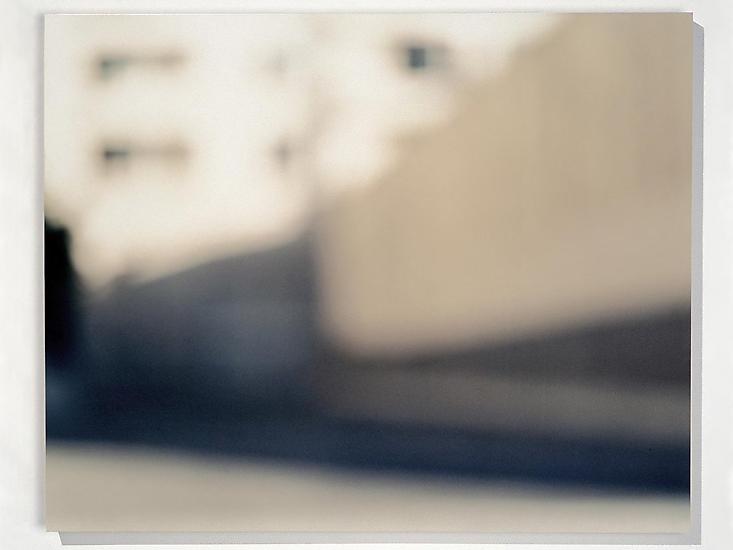 I really like how she takes her photos as it gives a very vintage and retro vibe, which I personally really enjoy
I really like how she takes her photos as it gives a very vintage and retro vibe, which I personally really enjoy

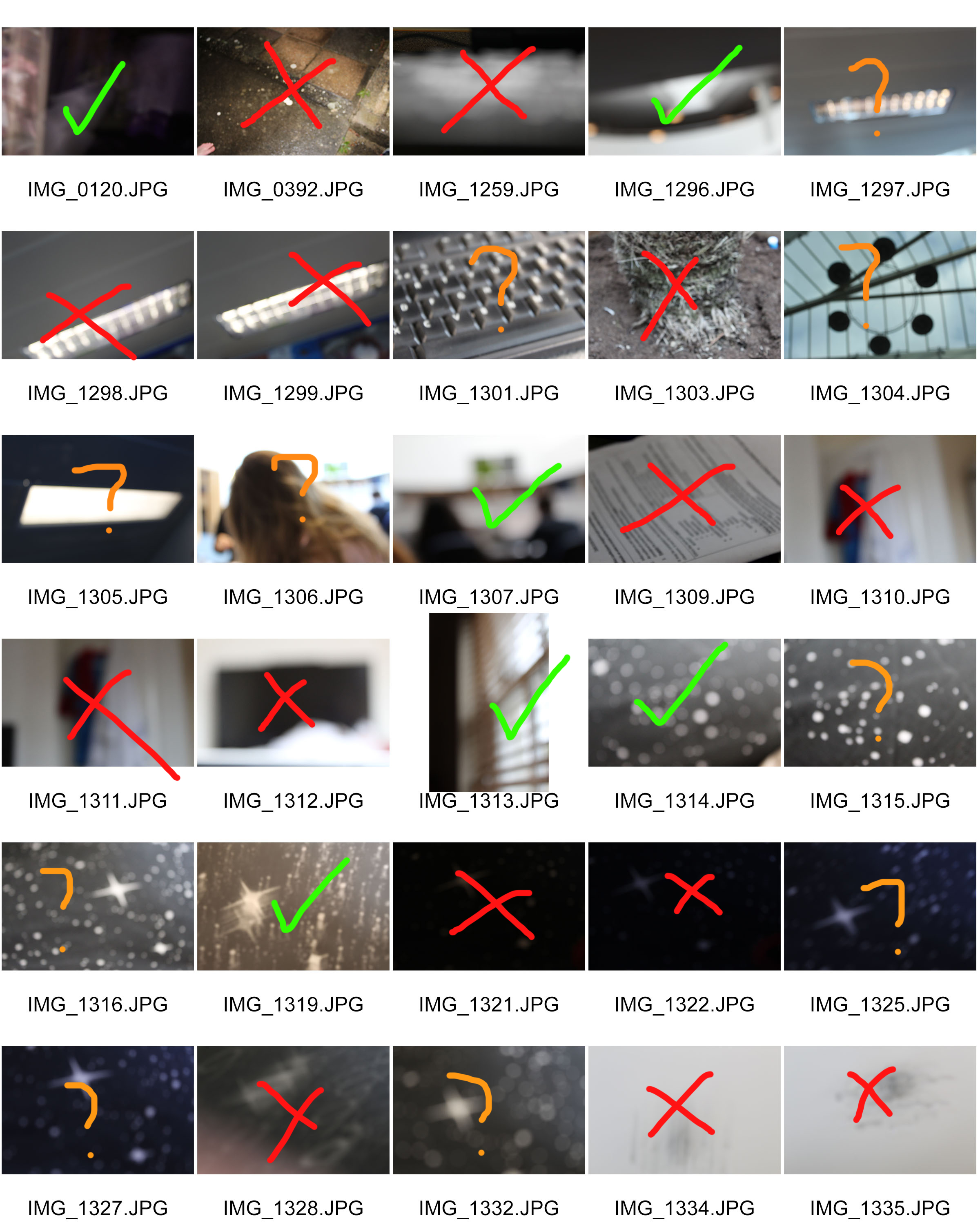





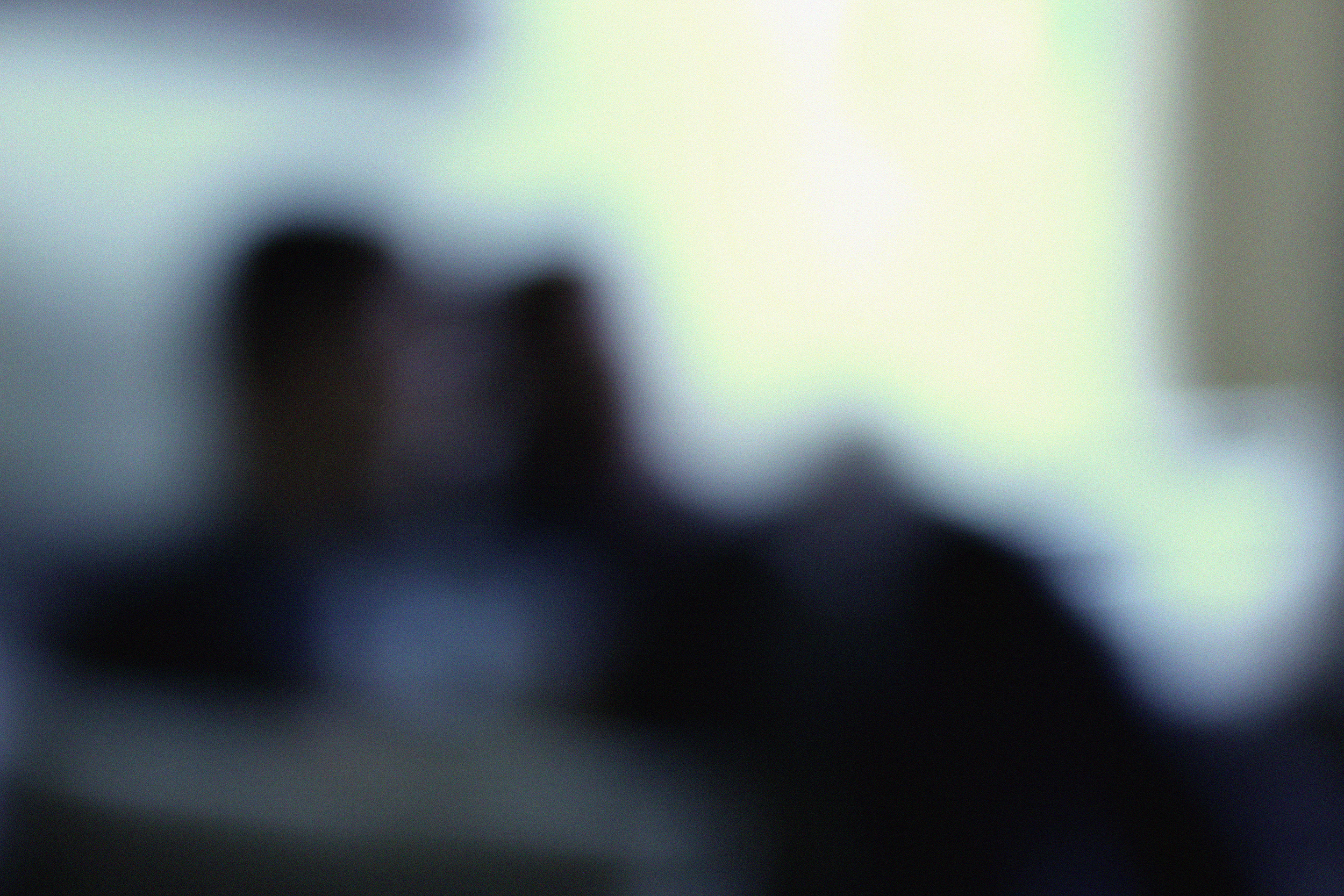
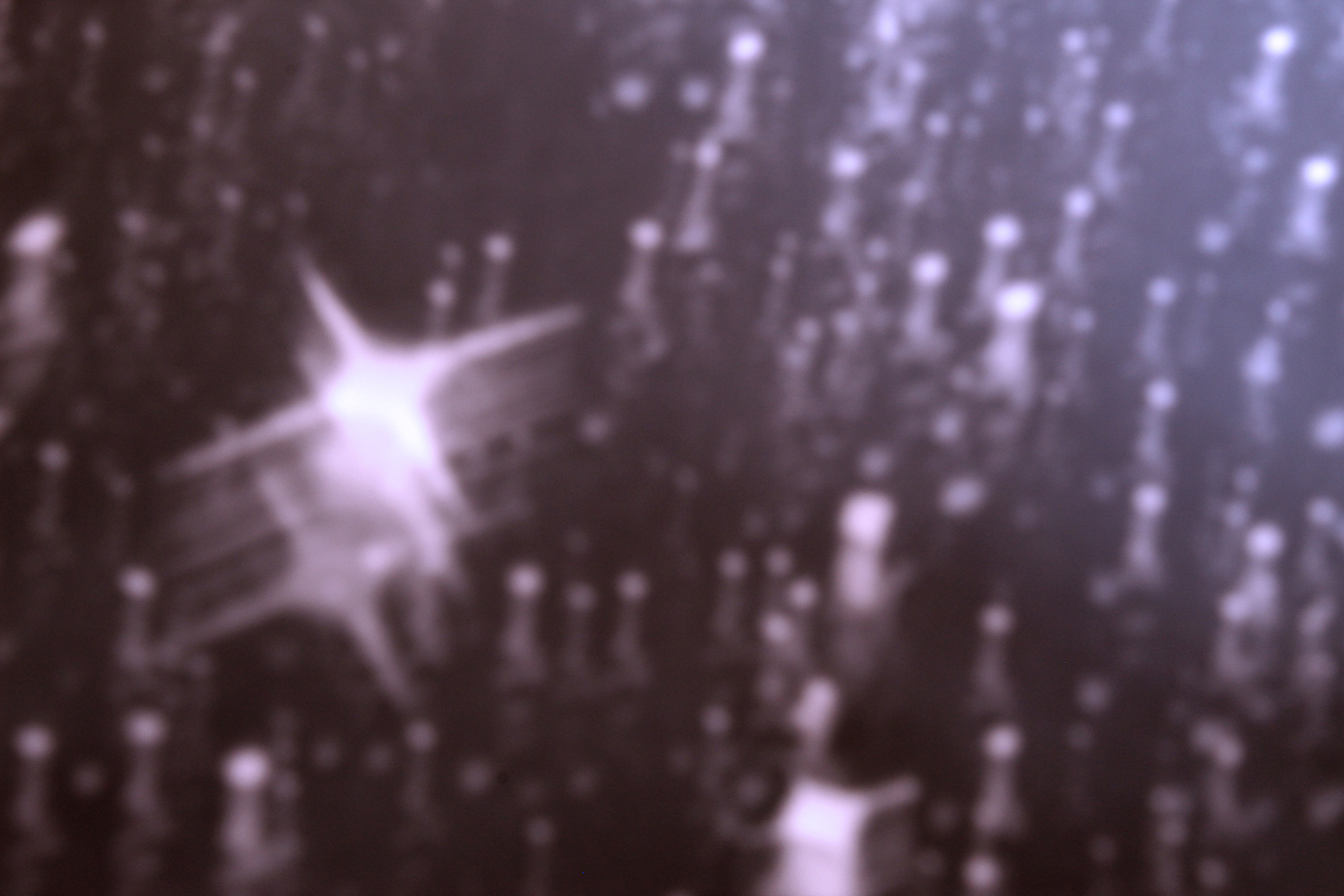 I am really pleased with how this photo turned out because it is in the style that I really like. I played around with photo filters, levels and brightness and contrast. This photo has to be my second favourite out of this photo shoot.
I am really pleased with how this photo turned out because it is in the style that I really like. I played around with photo filters, levels and brightness and contrast. This photo has to be my second favourite out of this photo shoot.











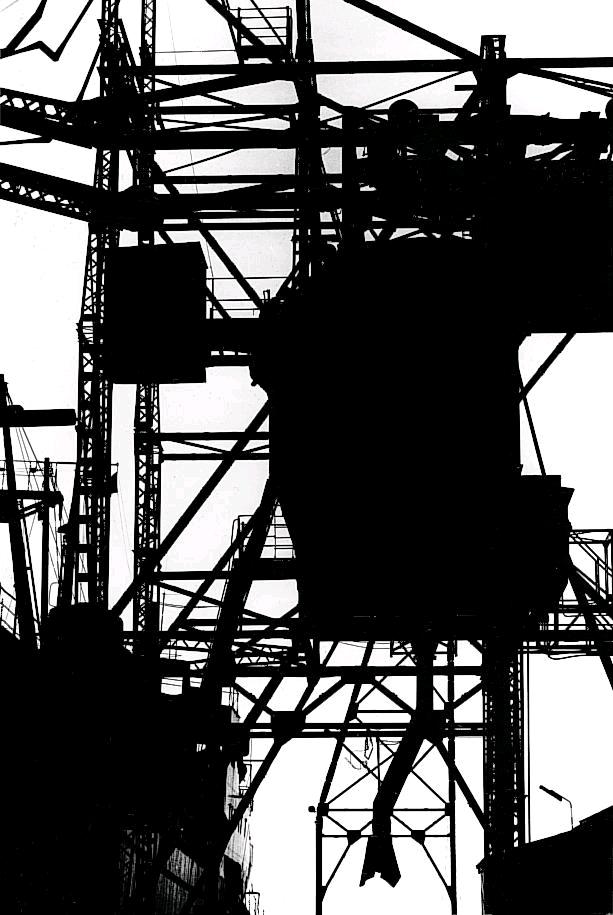


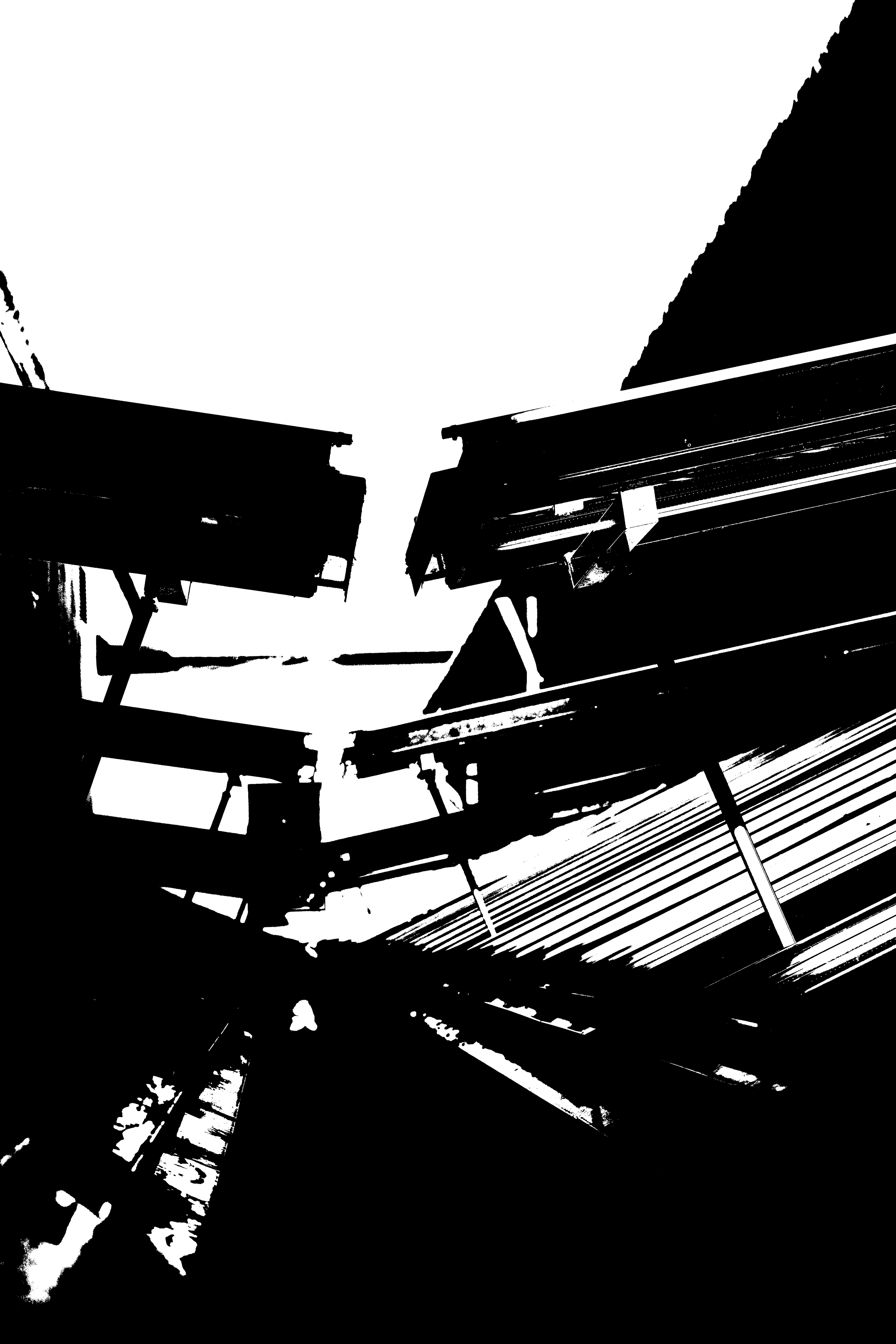





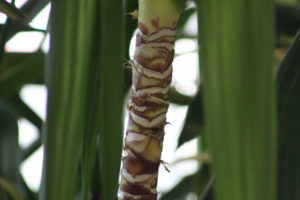

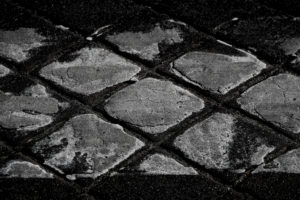

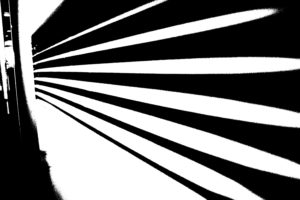


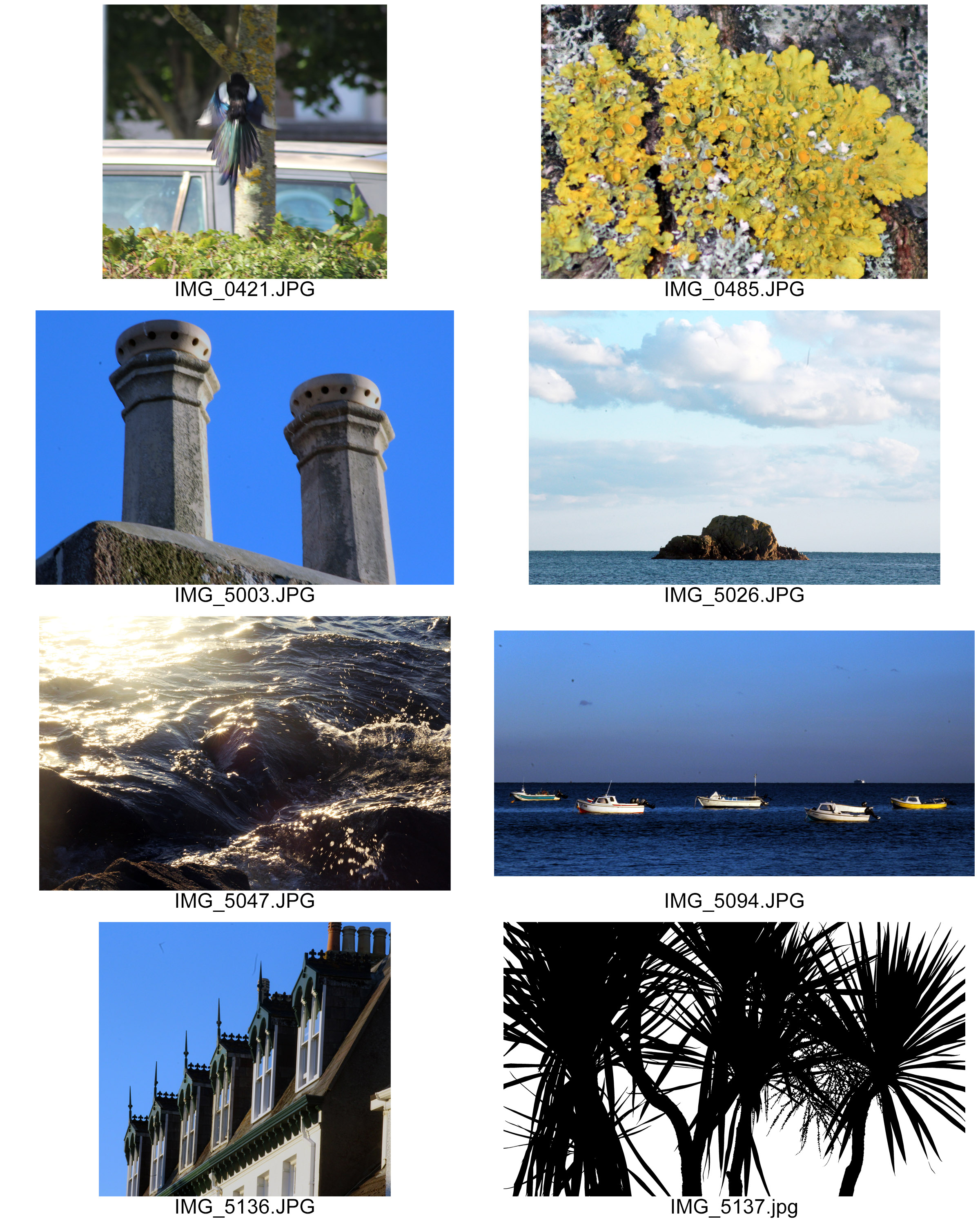
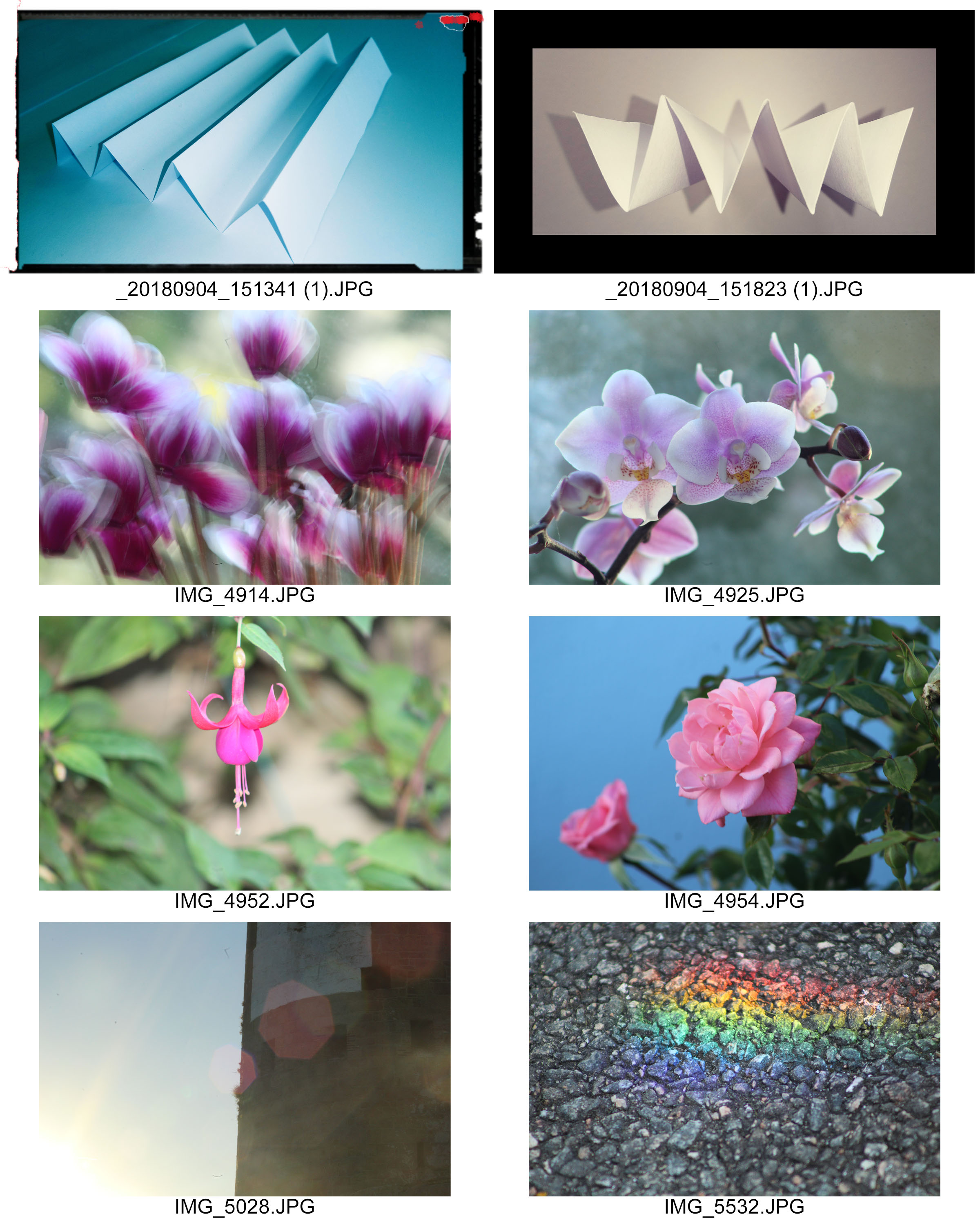
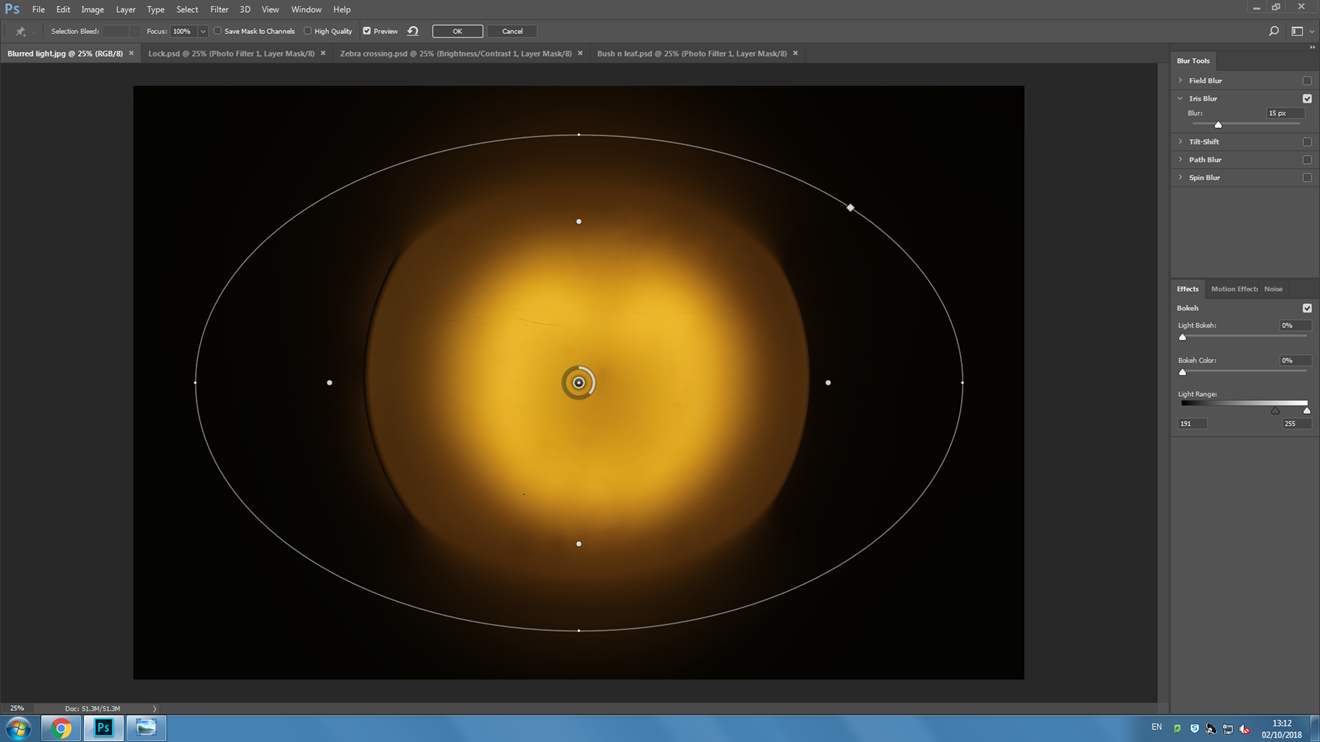
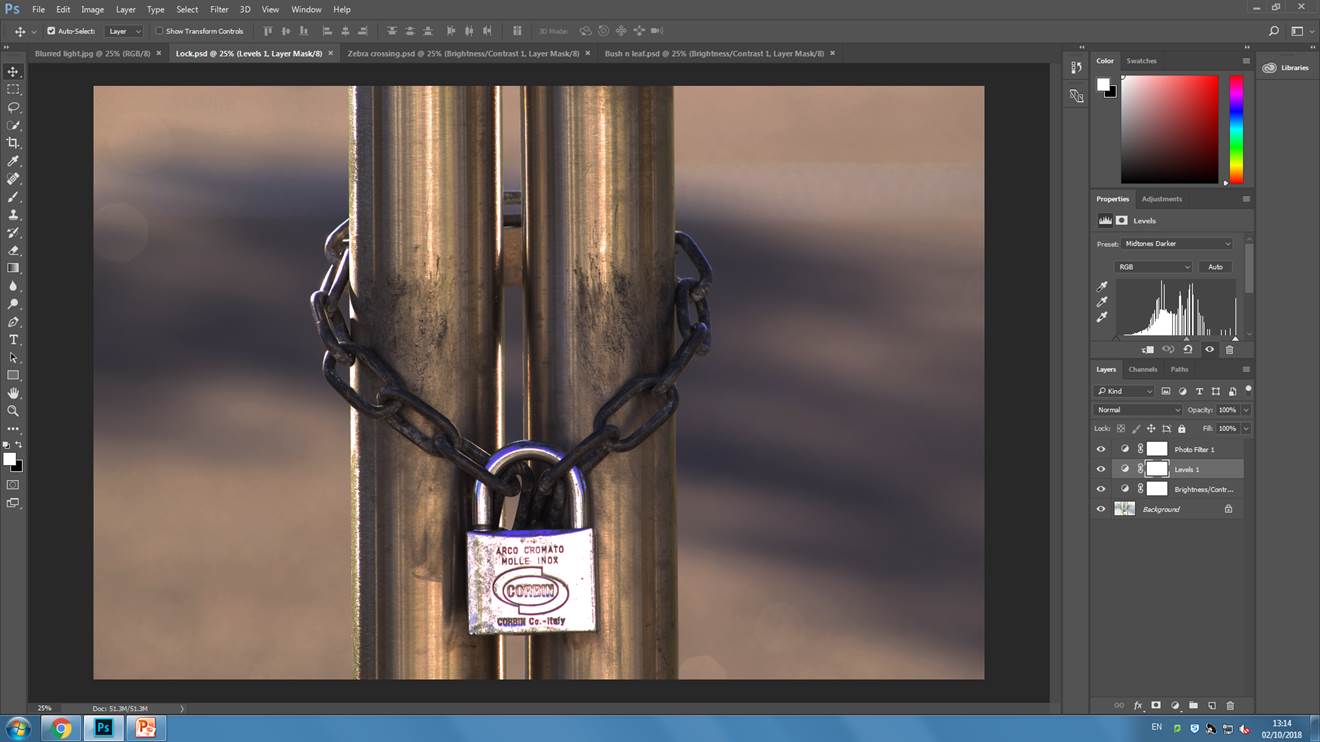
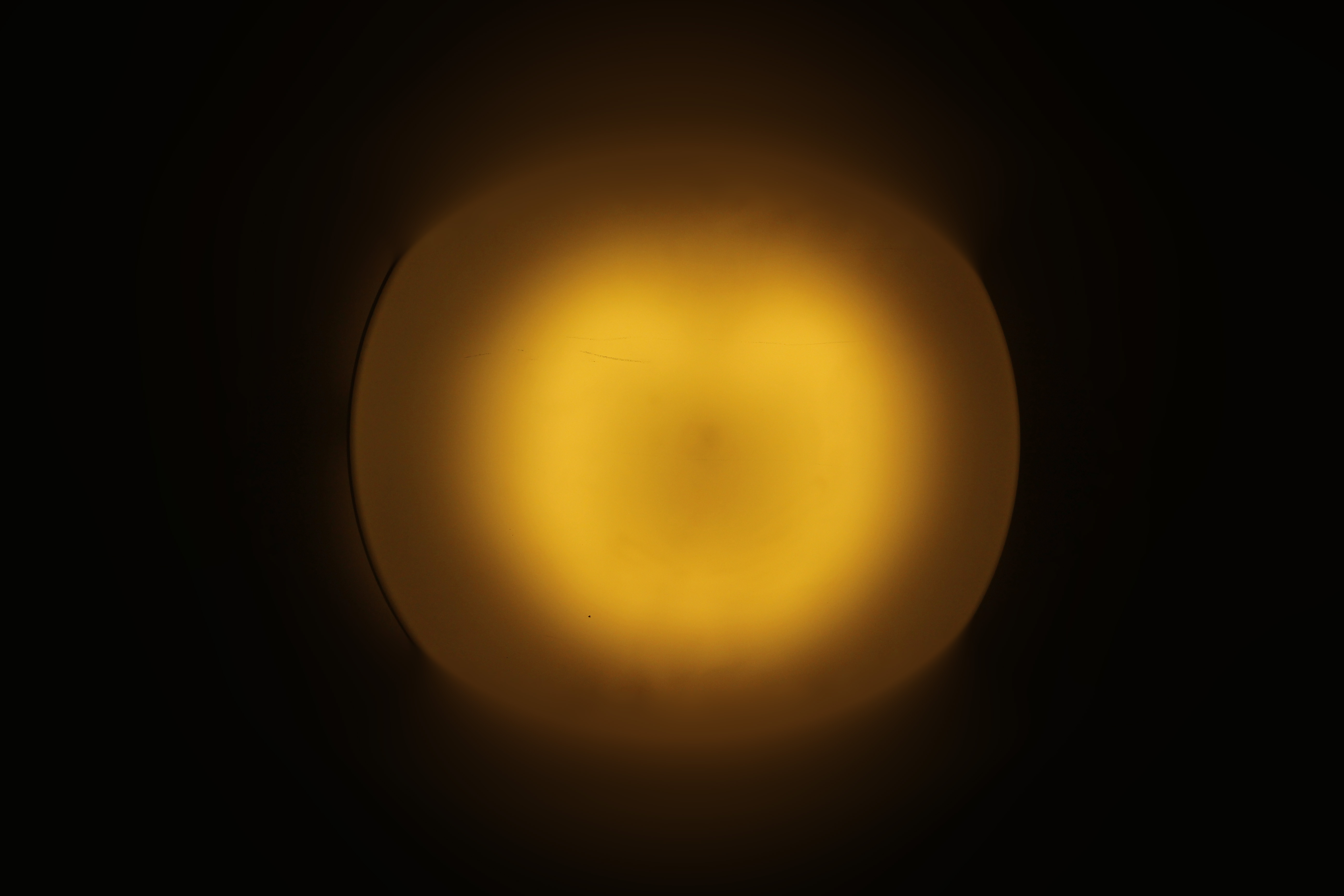
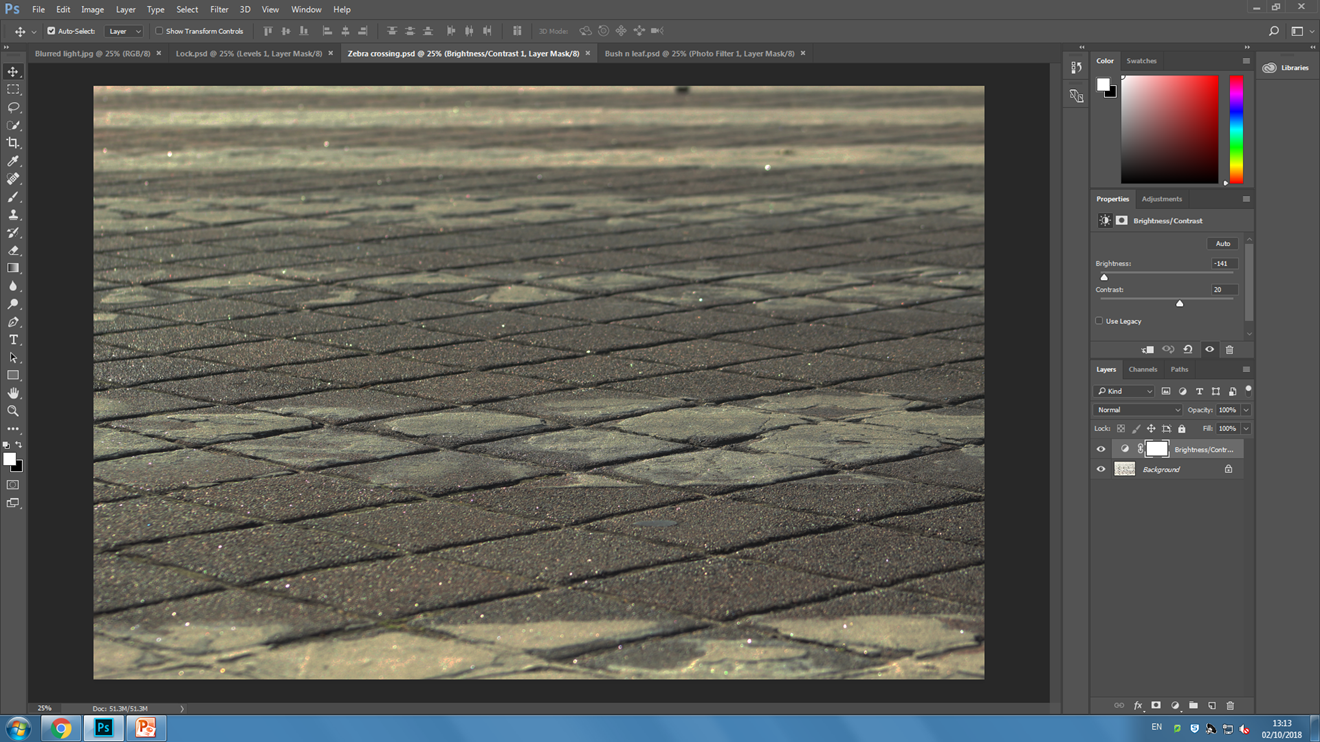
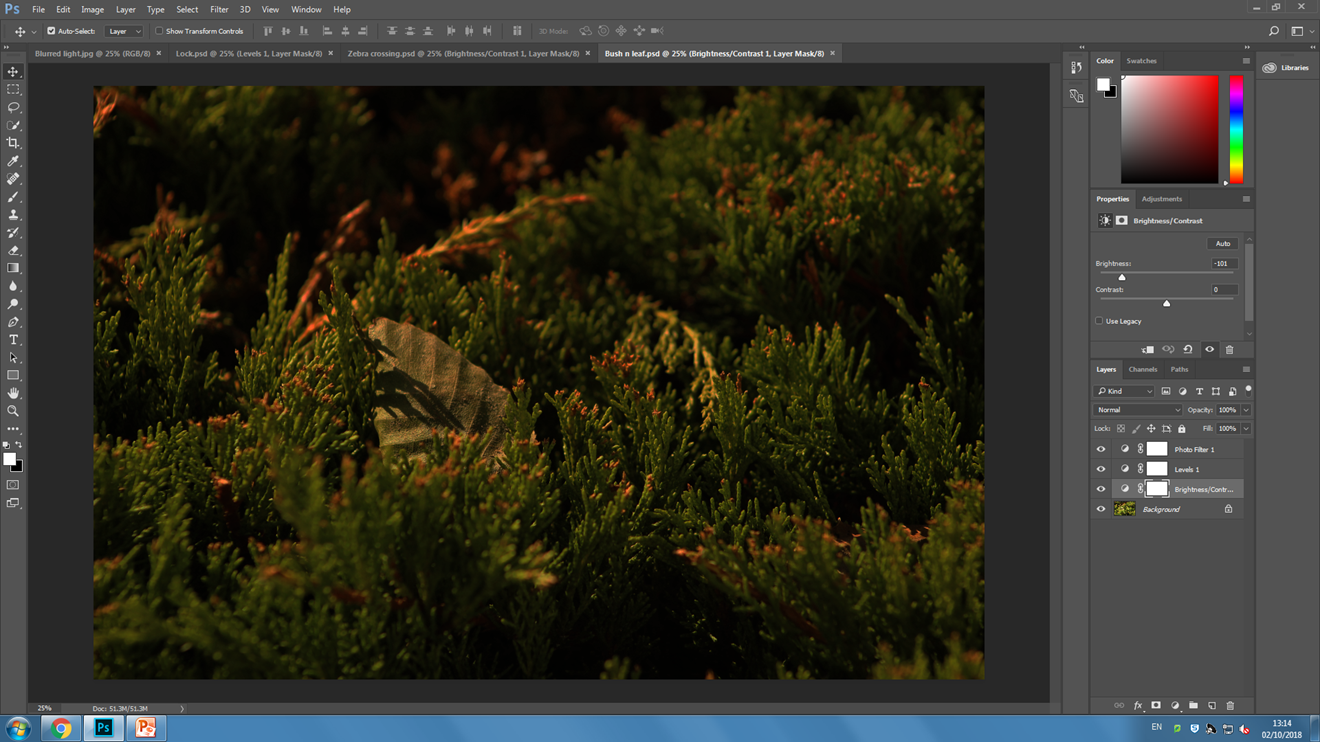
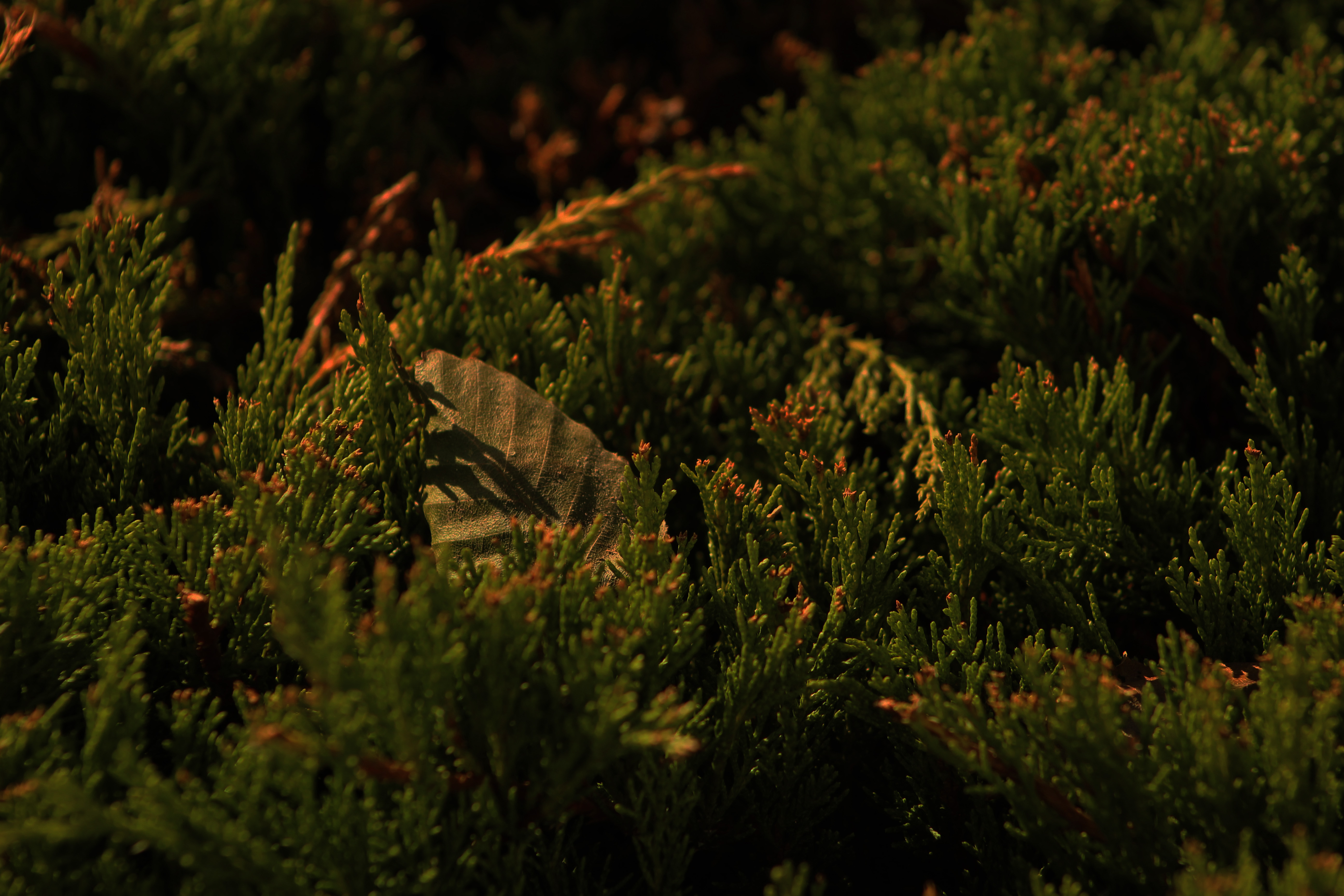
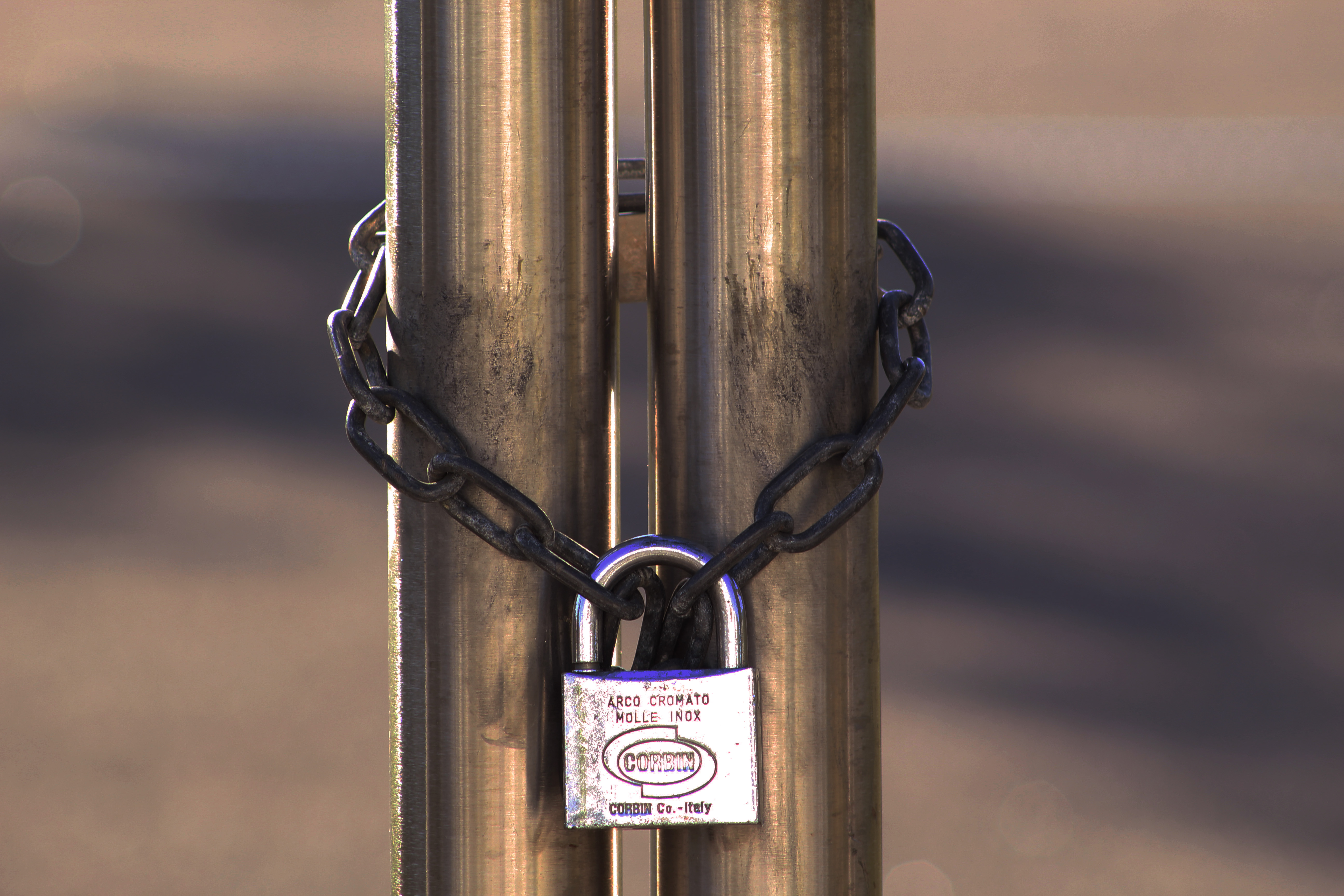

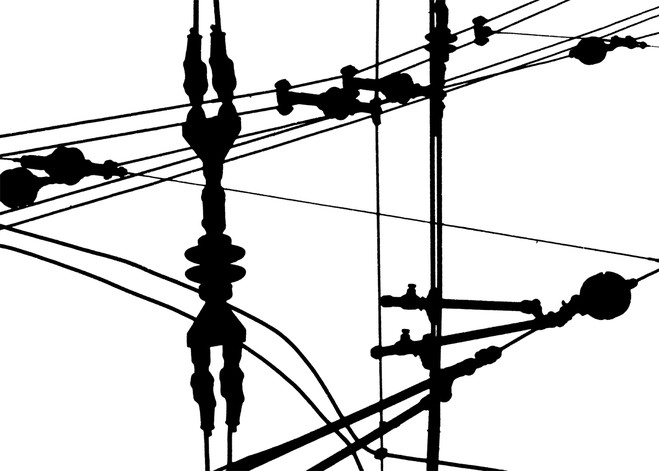
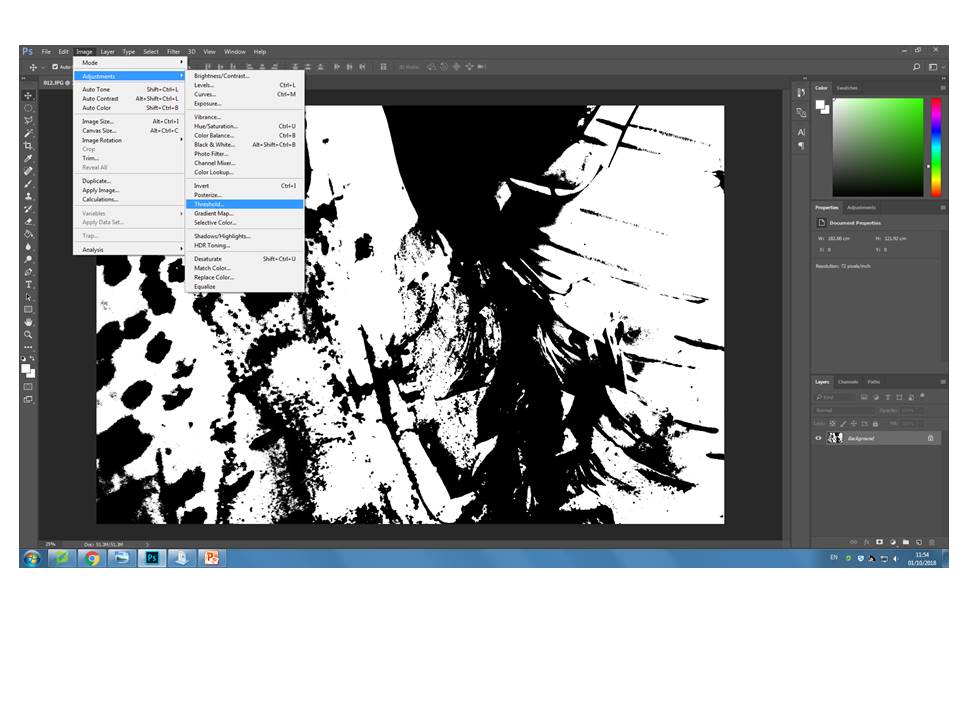
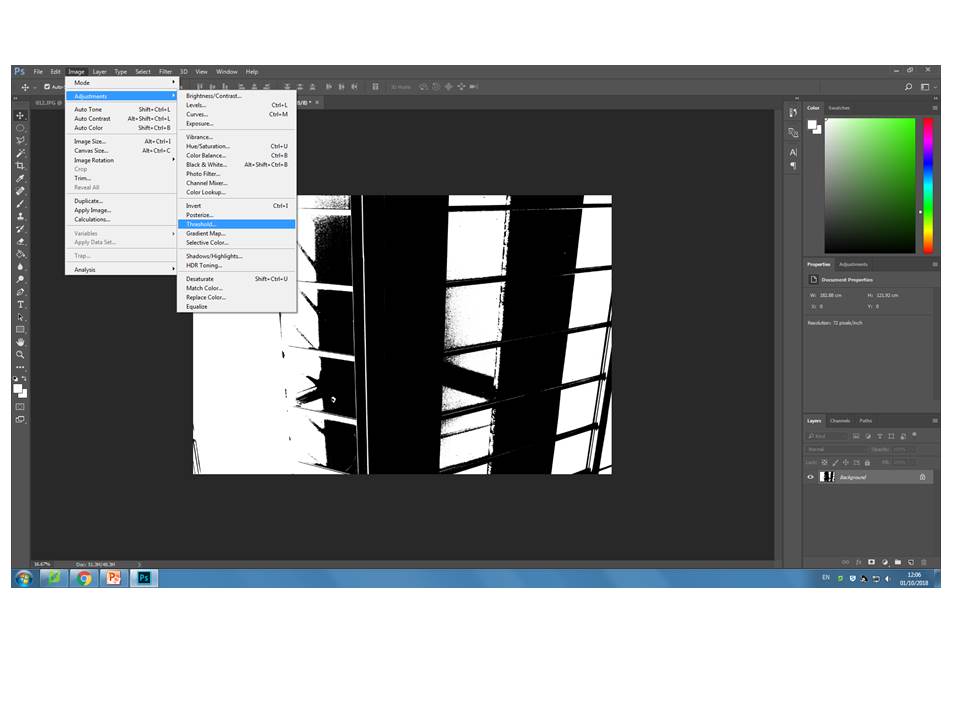

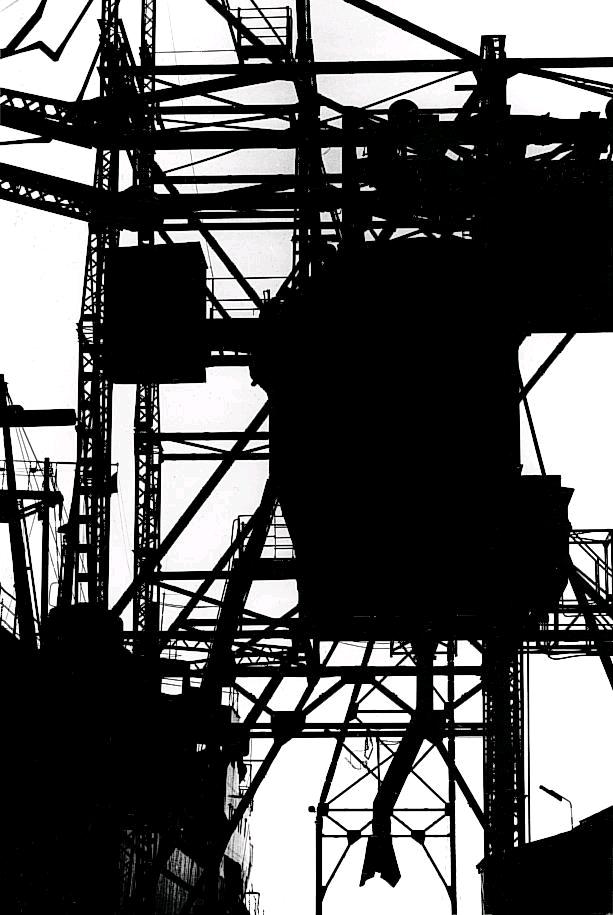
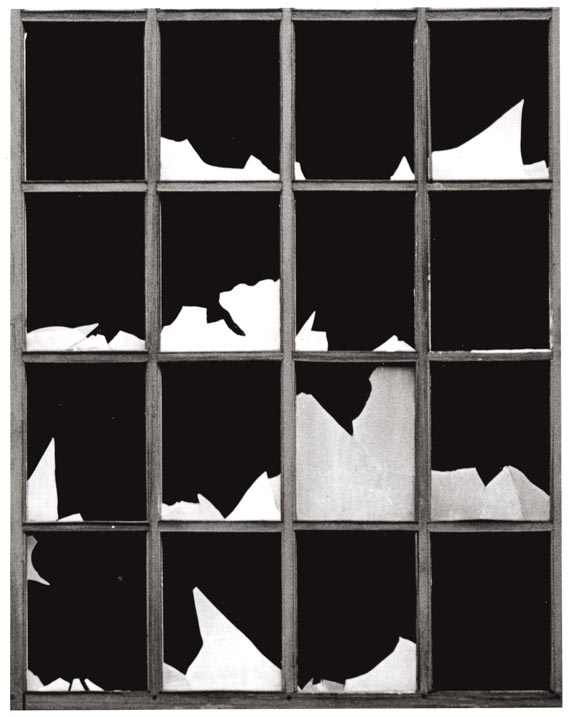 As you can see there is a massive contrast between the extreme white, and dark black within the colours.
As you can see there is a massive contrast between the extreme white, and dark black within the colours.